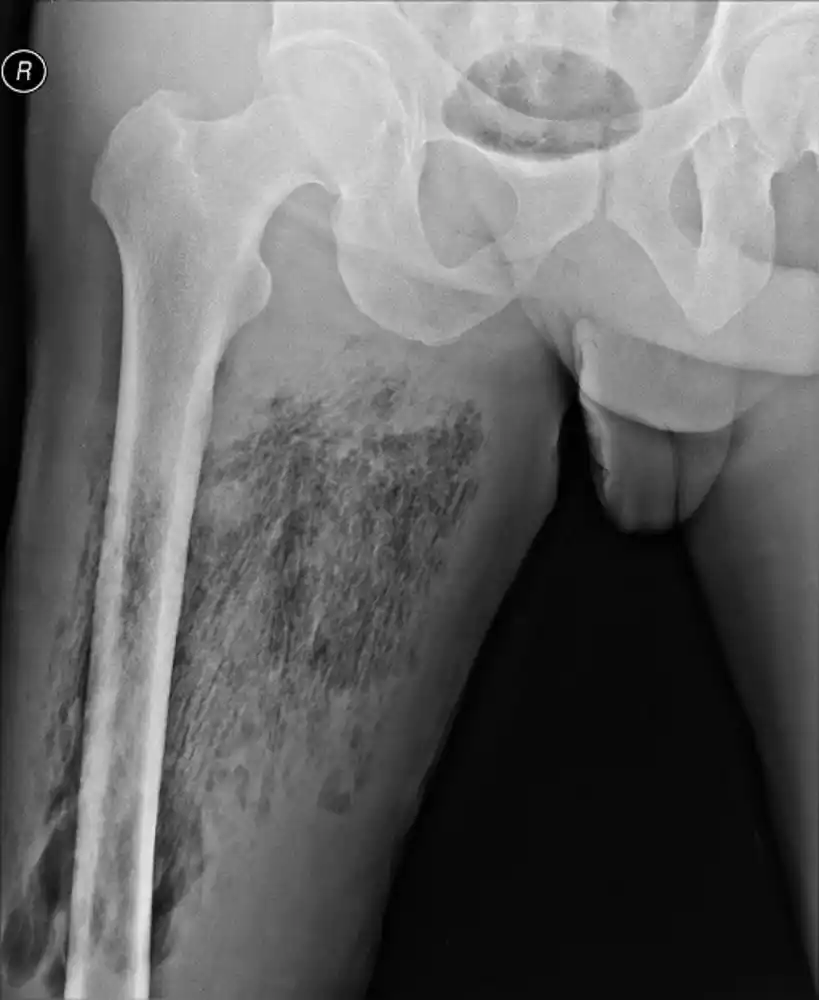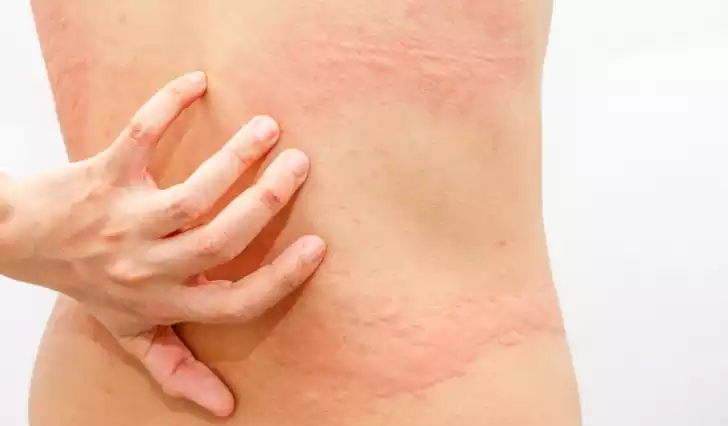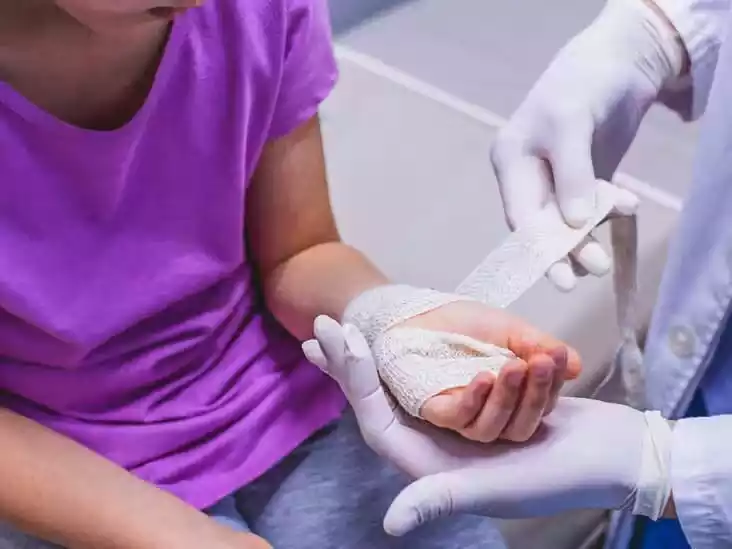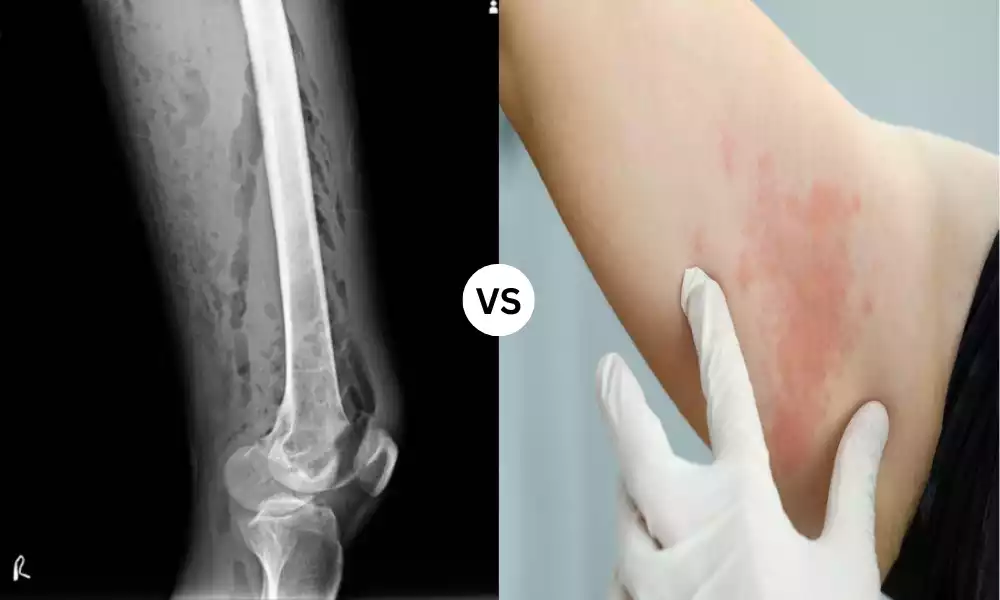Gas Gangrene and Necrotizing Fasciitis are two serious medical conditions characterized by the rapid destruction of body tissues. Gas Gangrene is primarily caused by Clostridium bacteria, often thriving in anaerobic environments, and is associated with trauma or injury. In contrast, Necrotizing Fasciitis is caused by mixed bacterial species and typically enters the body through breaks in the skin. Both conditions share a common feature of rapid tissue necrosis, requiring urgent medical attention and treatment to prevent severe complications and potential mortality. Understanding the key differences between these two conditions is crucial for timely diagnosis and intervention.
What is Gas Gangrene?
Gas gangrene is a severe, life-threatening bacterial infection that affects soft tissues, primarily muscle. This condition is most commonly caused by Clostridium perfringens, a gram-positive, spore-forming, anaerobic bacterium, although other clostridial species can also be responsible. The bacteria produce gas as a byproduct of their metabolism, which accumulates in the infected tissue, hence the name “gas gangrene.”

How it Happens
Clostridium spores are commonly found in soil and can also be part of the normal gut flora in humans and animals. These spores can become activated and multiply rapidly under certain conditions, such as in an environment where there is limited oxygen, like a deep wound or necrotic tissue. Once activated, the bacteria produce potent toxins and enzymes that break down tissues, leading to rapid cell death, or necrosis.
Symptoms
Gas gangrene manifests with severe pain, swelling, and skin discoloration ranging from pale to bronze or even black, indicating tissue necrosis. Gas formation can be noticed as a crackling sensation when pressing on the skin (crepitus). As the condition progresses, it can lead to systemic symptoms like fever, rapid heart rate, and sepsis, leading to shock and multiple organ failure if not treated promptly.
Risk Factors and Causes
- Traumatic injuries, especially those involving soil or fecal contamination
- Surgical procedures
- Compromised blood flow due to peripheral arterial disease or other vascular conditions
- Immunocompromised states such as diabetes, chronic kidney disease, etc.
Diagnosis
Diagnosis often involves clinical evaluation, imaging studies like X-rays or CT scans to visualize gas in tissues, and laboratory tests to identify the bacteria and assess the severity of the infection.
Treatment
Immediate and aggressive treatment is essential for survival. This typically involves:
- Surgical debridement: Removal of all dead and infected tissue to halt the spread of the infection.
- Antibiotics: High-dose intravenous antibiotics, often penicillin or a combination of antibiotics, to kill the bacteria.
- Supportive care: Management of systemic symptoms, including fluids, electrolytes, and, if necessary, vasopressors to maintain blood pressure.
- Hyperbaric oxygen therapy: Although not universally available, this treatment involves breathing pure oxygen in a pressurized room and may help inhibit anaerobic bacterial growth.
Failure to treat gas gangrene promptly can result in death within a matter of hours to days. Therefore, it is a medical emergency requiring immediate intervention.
What is Necrotizing Fasciitis?
Necrotizing fasciitis is a severe bacterial infection that rapidly destroys skin, fat, and the fascia, which is the connective tissue surrounding muscles, nerves, and blood vessels. It is often referred to as a “flesh-eating disease,” although this term is a bit of a misnomer as the bacteria don’t actually “eat” the flesh but rather release toxins that destroy tissue. The condition is extremely serious and can lead to death if not promptly treated.

Causes and Risk Factors
Necrotizing fasciitis is most commonly caused by group A Streptococcus (GAS), although other bacteria such as Staphylococcus aureus, Vibrio vulnificus, and Clostridium spp. can also cause the disease. In some cases, the infection is polymicrobial, involving more than one type of bacteria. Risk factors may include:
- Skin cuts or wounds
- Surgical wounds
- Burns
- Insect bites
- Underlying health conditions such as diabetes, obesity, liver disease, or immunocompromised states
- Intravenous drug use
Symptoms
Early symptoms might appear mild but can worsen rapidly, often within hours. They may include:
- Intense pain that seems disproportionate to the apparent severity of the skin lesion
- Red or purplish areas of skin that spread quickly
- Fever
- Swelling and heat at the affected site
- Ulcers, blisters, black or white spots on the skin
- Fatigue, weakness
- Dizziness and confusion
Diagnosis
Early diagnosis is crucial for effective treatment. Doctors often use a combination of clinical symptoms, laboratory tests, and imaging studies like X-rays, CT scans, or MRIs to diagnose the condition. Surgical exploration may also be necessary to confirm the diagnosis.
Treatment
Treatment for necrotizing fasciitis is a medical emergency and often involves:
- Surgical Debridement: Immediate and extensive surgical removal of the dead tissue is essential to stop the spread of the infection.
- Antibiotics: High-dose, broad-spectrum antibiotics are administered intravenously as quickly as possible.
- Supportive Care: Treatment may also involve supportive measures like fluids, electrolytes, and medications to support blood pressure and organ function.
- Additional Surgeries: Often, multiple surgeries are needed to remove affected tissues and control the infection.
- Amputation: In extreme cases, amputation of the affected limb may be necessary to control the spread of the infection.
Mortality rates for necrotizing fasciitis are high, even with aggressive treatment, making early recognition and intervention critical for survival.
Comparison Table of Gas Gangrene and Necrotizing Fasciitis
Below is a comparison table to help differentiate between Gas Gangrene and Necrotizing Fasciitis:
| Criteria | Gas Gangrene | Necrotizing Fasciitis |
|---|---|---|
| Causative Organism(s) | Mainly Clostridium perfringens | Mainly Group A Streptococcus (GAS), can be polymicrobial |
| Affected Tissues | Muscle, surrounding tissues | Fascia, skin, and other soft tissues |
| Primary Symptoms | Severe pain, swelling, gas formation, skin discoloration | Severe pain, rapidly spreading erythema, fever |
| Gas Formation | Common, leading to crepitus | Less common |
| Skin Changes | Pale to bronze to grayish-black | Red or purplish that spreads quickly |
| Typical Onset | Often post-trauma, surgery | Can be post-surgery, skin wound, or spontaneous |
| Pathogenesis | Anaerobic conditions, usually post-traumatic | Various entry points including minor wounds |
| Diagnostic Tests | X-rays, CT scans for gas; tissue cultures | Imaging studies, tissue biopsy, blood tests |
| Treatment | Surgical debridement, high-dose IV antibiotics, sometimes hyperbaric oxygen | Surgical debridement, high-dose IV antibiotics, supportive care |
| Common Risk Factors | Trauma, compromised blood flow, immunocompromised states | Underlying health conditions, skin wounds, immunocompromised states |
| Rate of Progression | Extremely rapid | Extremely rapid |
| Potential Complications | Sepsis, multiple organ failure, death | Sepsis, multiple organ failure, death |
Both conditions are medical emergencies requiring immediate intervention, and both can be fatal if not promptly and aggressively treated.
Similarities between Gas Gangrene and Necrotizing Fasciitis
Here’s a concise list of similarities between Gas Gangrene and Necrotizing Fasciitis:
-
- Rapid Progression: Both conditions advance quickly and can be fatal if not treated immediately.
- Severe Pain: Intense pain at the site of infection is a common early symptom in both.
- Systemic Symptoms: Both can lead to fever, rapid heart rate, low blood pressure, and sepsis.
- Surgical Treatment: Surgical debridement is critical for treating both conditions to remove infected and dead tissue.
- Antibiotic Therapy: High-dose intravenous antibiotics are required in both cases.
- Supportive Care: Fluid resuscitation and other supportive treatments are often needed for both.
- Diagnostic Tests: Imaging studies and blood tests are used for diagnosis in both conditions.
- Risk Factors: Underlying health conditions, compromised immunity, and skin breaks are risk factors for both.
- Complications: Sepsis, multiple organ failure, and shock are potential complications for both.
- High Mortality: Both have high mortality rates, especially with delayed treatment.
Prevention Strategies of Gas Gangrene and Necrotizing Fasciitis
Prevention strategies for Gas Gangrene and Necrotizing Fasciitis aim to minimize risk factors, enhance early detection, and reduce exposure to causative bacteria.

Here are some general prevention measures:
Personal Hygiene
- Wound Care: Properly clean and disinfect even minor cuts, scrapes, or burns immediately. Use an antiseptic solution and keep the wound covered with a sterile dressing.
- Handwashing: Regular handwashing with soap and water, or using hand sanitizer when soap is not available, can help reduce the risk of infection.
Medical Procedures
- Sterile Techniques: Ensuring that sterile techniques are followed during surgeries or other medical procedures can minimize the risk.
- Antibiotics: Prophylactic antibiotics may be given before certain surgeries or after traumatic injuries, particularly in people with high-risk conditions.
Lifestyle Choices
- Control of Chronic Conditions: Proper management of diabetes, peripheral arterial disease, and other chronic conditions can reduce the risk of these infections.
- Avoid Drug Misuse: Intravenous drug users are at greater risk, so substance abuse treatment can be a preventive strategy.
Environmental Precautions
- Safe Food Handling: Proper cooking and food handling can reduce the risk of food-borne bacterial infections that may lead to these conditions.
- Water Safety: Avoid swimming in potentially contaminated waters if you have open wounds or skin infections.
Education and Awareness
- Know the Symptoms: Being aware of the early symptoms of both conditions can enable quicker medical intervention.
- Healthcare Provider Training: Continuous training for healthcare providers on the identification and management of these conditions is crucial for early diagnosis and treatment.
Special Populations
- Immunocompromised Individuals: Extra care should be taken for people with compromised immune systems, including the elderly or those undergoing treatments like chemotherapy.
By taking these preventive steps, the risk of developing Gas Gangrene or Necrotizing Fasciitis can be significantly reduced, although it’s important to note that no prevention strategy is foolproof. Immediate medical attention is vital if symptoms of either condition appear.
Conclusion
Gas Gangrene and Necrotizing Fasciitis are both severe, rapidly progressing bacterial infections that can be life-threatening if not promptly treated. Characterized by intense pain, rapid tissue destruction, and systemic symptoms like fever and sepsis, both conditions require immediate surgical debridement and high-dose intravenous antibiotics.
Despite differences in causative organisms and primary tissue involvement, they share critical similarities, including risk factors, diagnostic approaches, treatment protocols, and potential for fatal complications. Early recognition and aggressive intervention are crucial for improving outcomes in both conditions.



